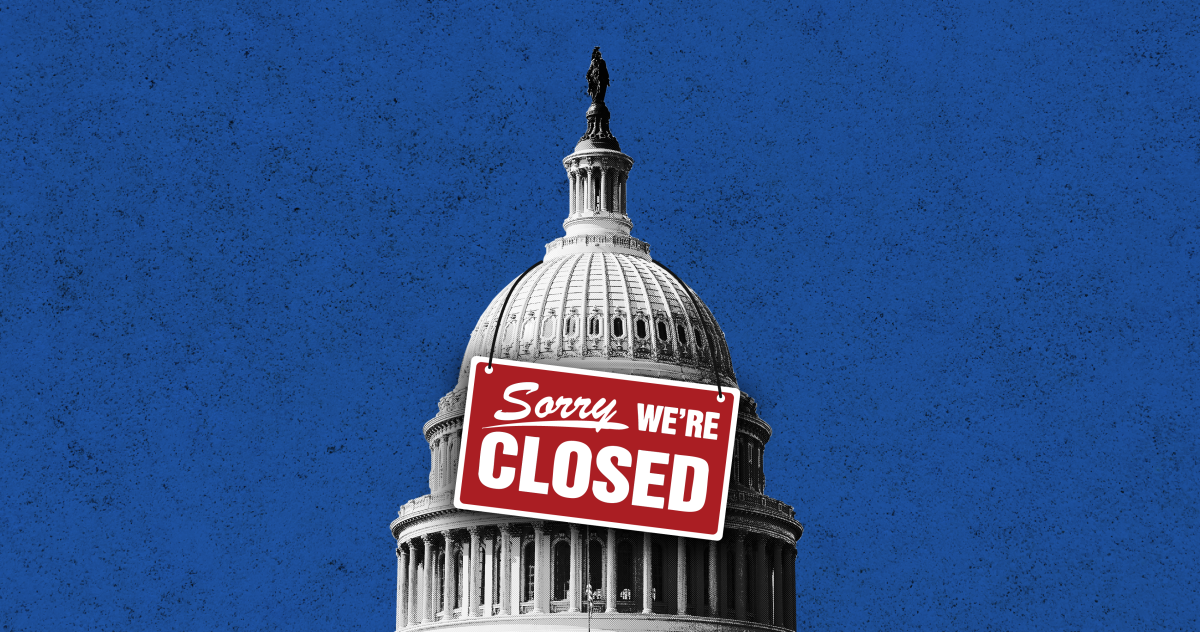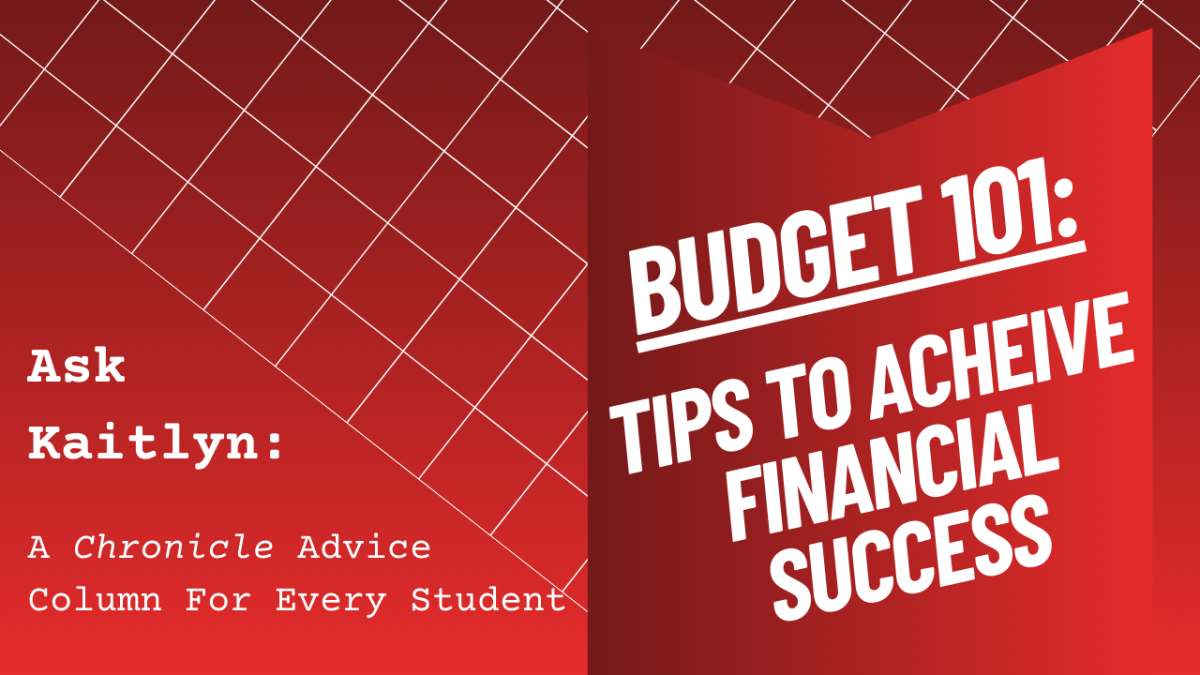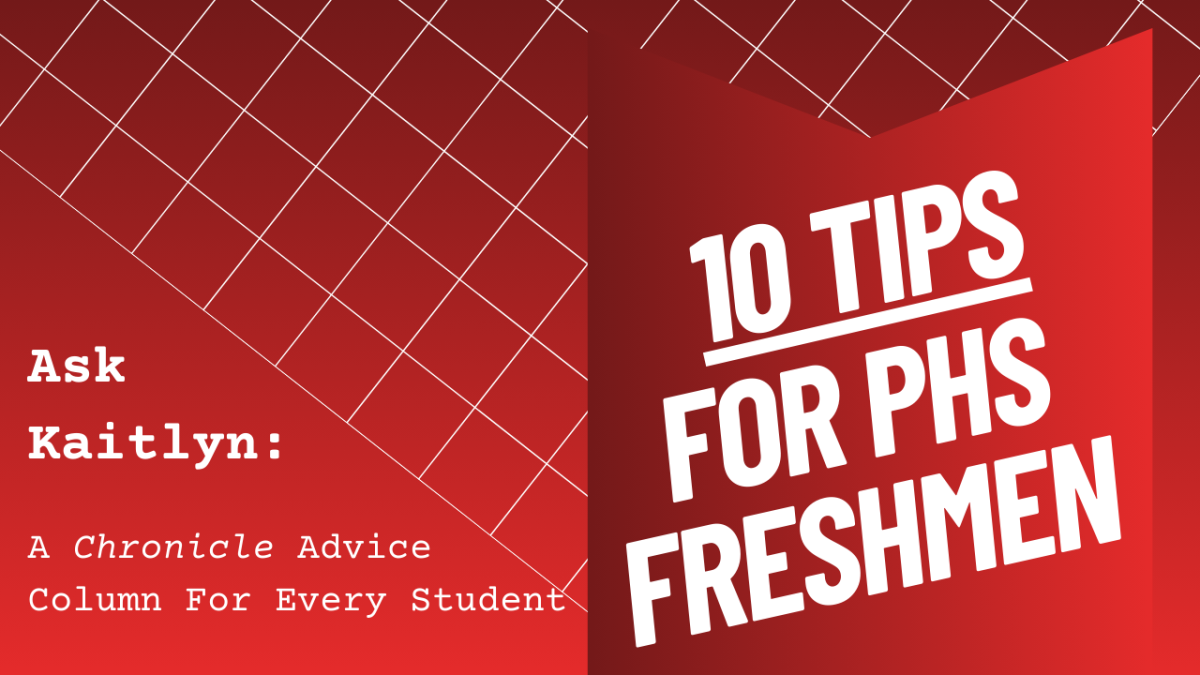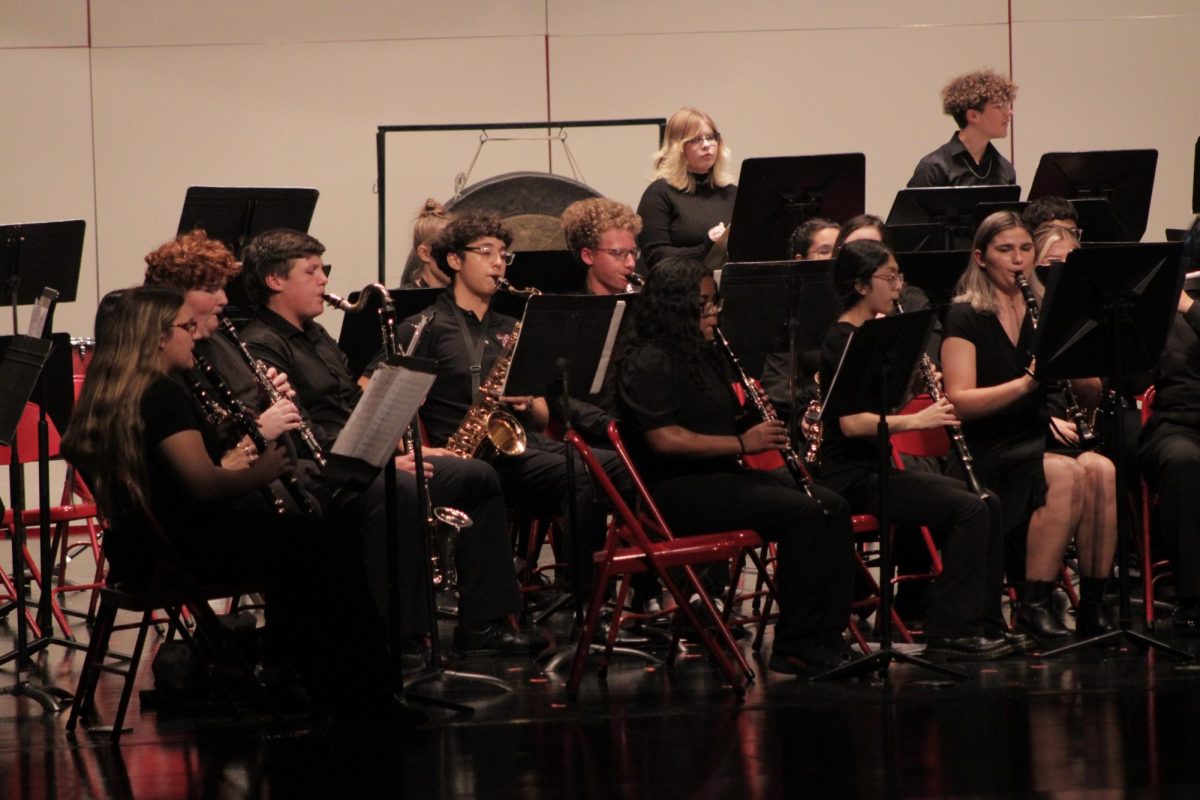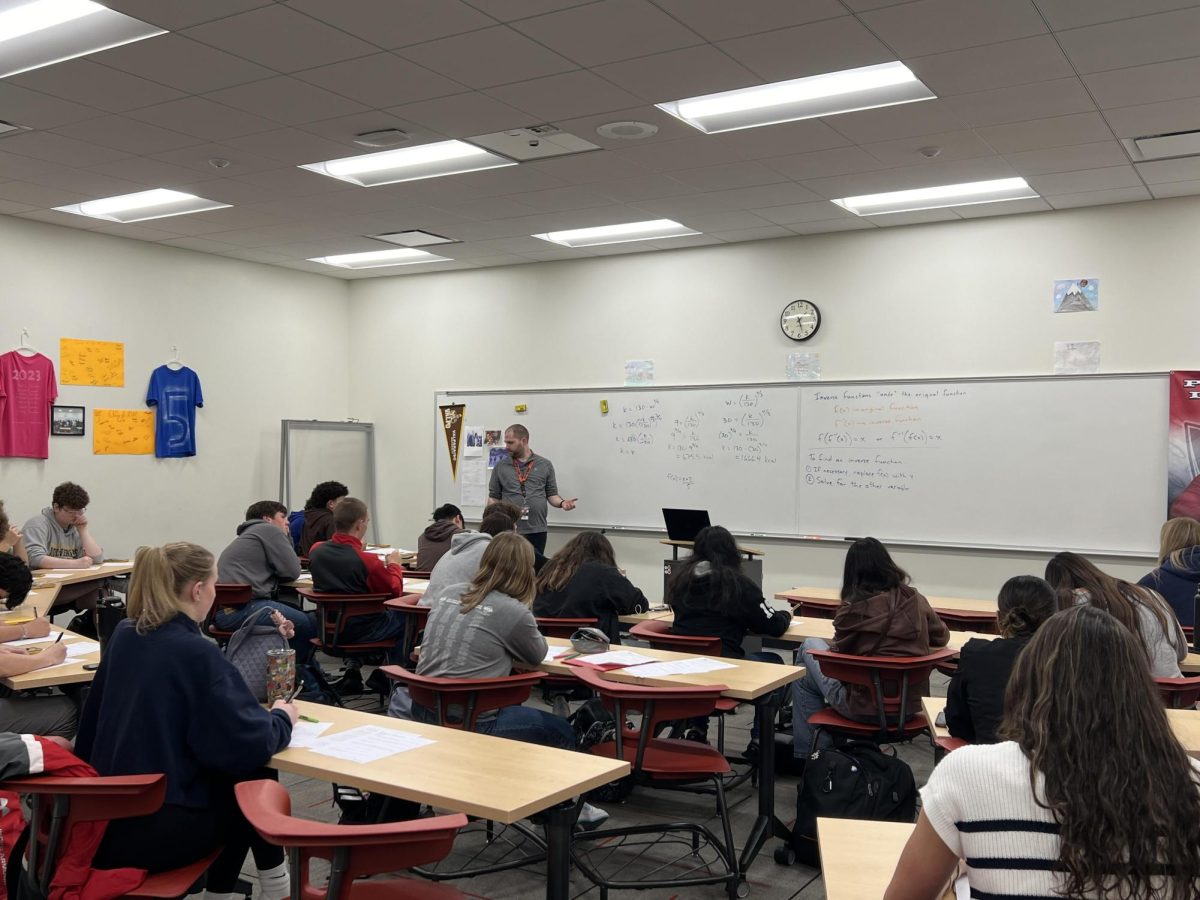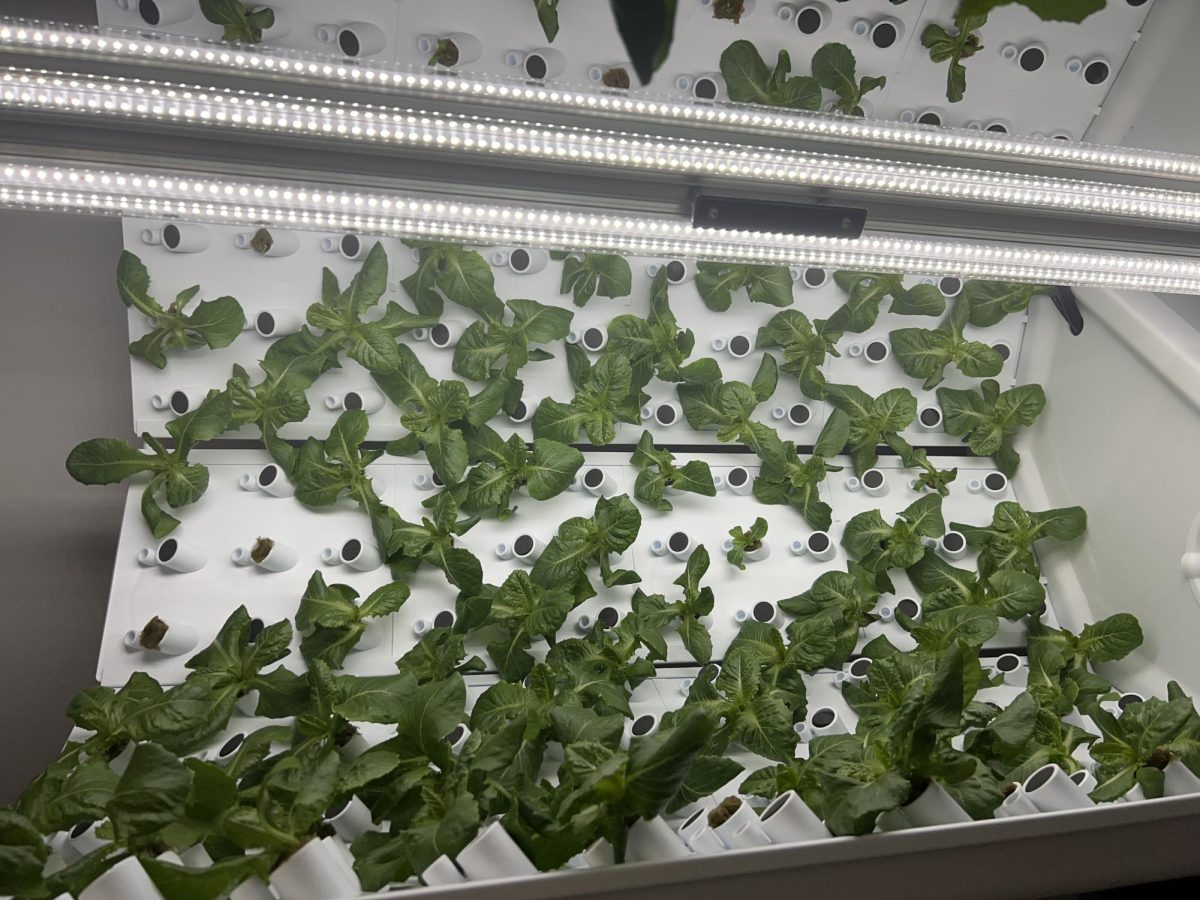On September 30, 2025, the federal government has shutdown for the first time in 6 years after Congress failed to pass a funding measure to keep the lights on. Currently, not a single person inside of the Capitol can clarify to the public what will happen next. But all they have done is spark controversy and contradiction while playing the blame game. Once the funding deadline had been initially passed, the Republicans and Democrats began to point fingers at one another for the shutdown. Neither one of them could not come together and pass a bill funding government services into October. Democrats and Republicans could not come to an agreement without the other side getting their way in the long run, so the government choose to handle this by throwing the towel in for the time being.
The Republicans control both chambers of Congress, but in the senate–or upper chamber–they were ironically short of just 60 votes needed to pass a spending bill. On the contrary, the Democrats have some leverage. Both sides have been in a bitter standoff over specifically healthcare spending, leading to the Democrats refusing to back a Republican bill that they say will make it difficult for the Americans to afford healthcare. However, they have called for an extension of tax credits–which are set to expire–that will ultimately make health insurance cheaper for millions of Americans, also for a reversal of cuts to Medicaid that have been made by Trump. Democrats also oppose spending cuts to government health agencies.
What is at stake for us as a whole? Every government shutdown will differ, but functions that are critical to ensure protection amongst the lives and property are typically deemed essential to remain ajar. Previous shutdowns have canceled immigration hearings and delayed federal lending to homebuyers and small businesses, among other things. As a result of the congressional inaction on passing appropriations legislation for the 2026 fiscal year, which had begun that day. The ADP’s private payroll report had seemingly come in this past week, today, offering a negative reading of the labor market which includes other big job data releases.
Private payrolls lost 32,000 jobs on a seasonally adjusted basis in September, marketing the biggest decrease since 2023. Currently, education advocates are biting their nails, metaphorically speaking, as the government shutdown begins. Essentially, what will happen is that a contingency plan for the education department has been put in place, with the funding of education being at risk. Broader protection, law enforcement, immigration and customs enforcement (ICE) agents, in-hospital medical care and air-traffic workers are expected to continue to operate as they normally would. Typically, most American schools are definitely state-funded, however the federal government is responsible for billions of dollars in grants and student loans, which could possibly come to a halt.
On behalf of not only myself, but also this entire nation as a whole, there is one question we are all asking: What is next for our country? What is going to happen next? Will the services such as the food assistance programm and federally-funded pre-school intuitions like the Smithsonian museums most likely be closed? Will the several agencies, like the Centers for Disease Control Prevention (CDC) and the National Institutes Of Health (NIH) are likely to furlough many workers, generally affecting ongoing research and experiments already in progress, affecting the pay of workers, their paycheck ultimately going elsewhere? All we can confirm is that there will be turmoil into our economy already being roiled by changes like tariffs and artificial intelligence, with the likely delay of key data–referring back to the official US monthly jobs report.
